Yuma Katsuki
Optimal but Low-Complexity Optimization Method for Nonsquare Differential Massive MIMO
May 26, 2023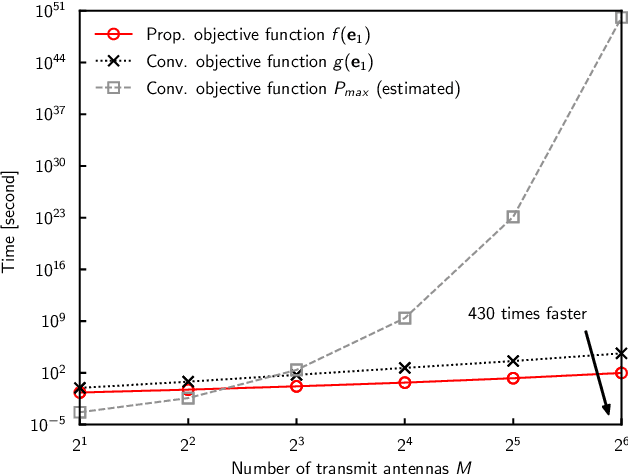
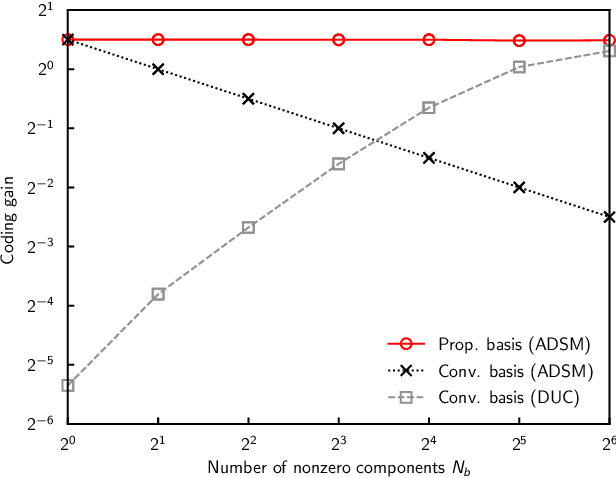
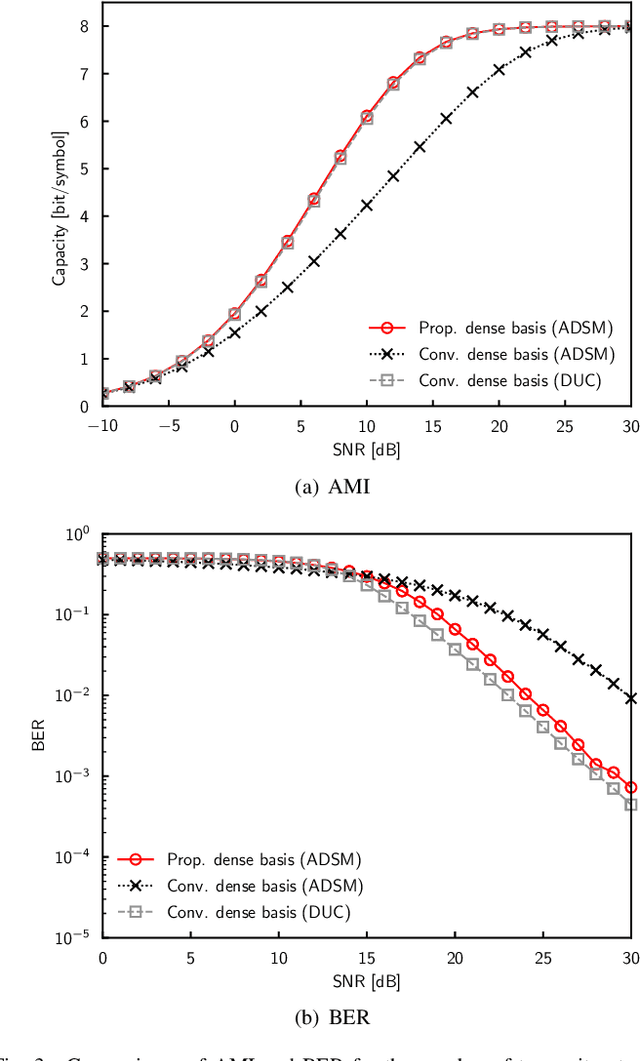
Abstract:In this paper, we propose an optimal but low-complexity optimization method for nonsquare differential massive MIMO. While a discrete nonlinear optimization is required for the conventional nonsquare differential coding, we newly modify it to perform a low-complexity continuous linear optimization. This novel method exhibits immediate convergence as compared to the conventional method. Additionally, the proposed differential coding can be regarded as a differential counterpart of the coherent generalized spatial modulation. Our numerical comparisons demonstrate that the proposed method achieves the best coding gain for any number of transmit antennas, although the optimization cost is nearly negligible.
* 5 pages, 4 figures
A New Noncoherent Gaussian Signaling Scheme for Low Probability of Detection Communications
Jan 08, 2023Abstract:We propose a novel, Gaussian signaling mechanism for low probability of detection (LPD) communication systems with either single or multiple antennas. The new scheme is designed to allow the noncoherent detection of Gaussian-distributed signals, enabling LPD communications using signals that follow the complex Gaussian distribution in the time and frequency domains. It is demonstrated via simulations that the proposed scheme achieves better performance than a comparable conventional scheme over the entire SNR region, with the advantage becoming more significant in scenarios with lower overhead.
* 5 pages, 3 figures
Noncoherent Massive MIMO with Embedded One-Way Function Physical Layer Security
Feb 24, 2022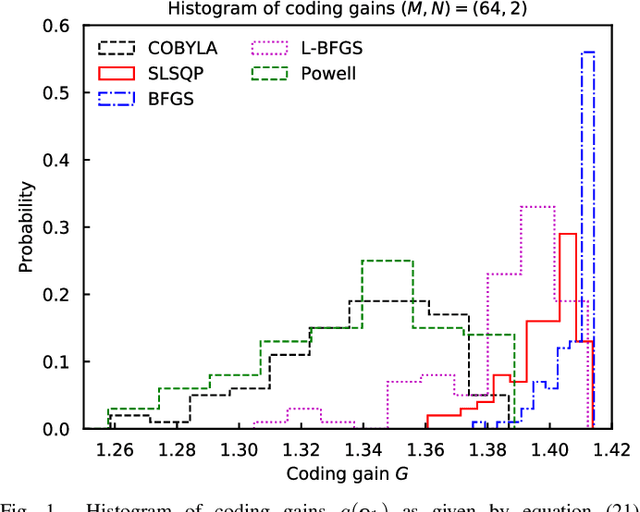
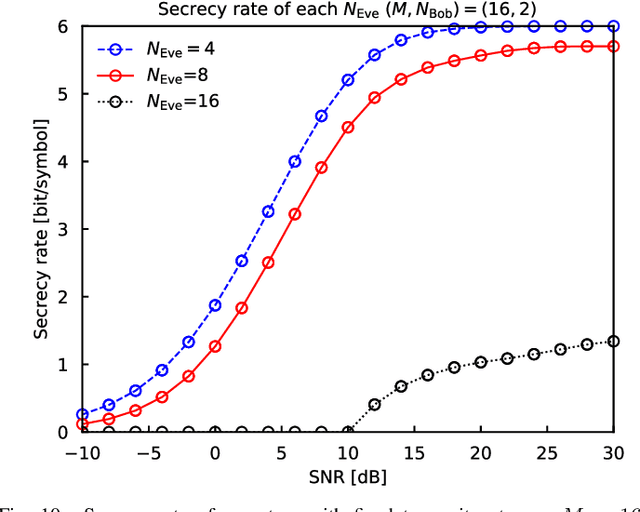

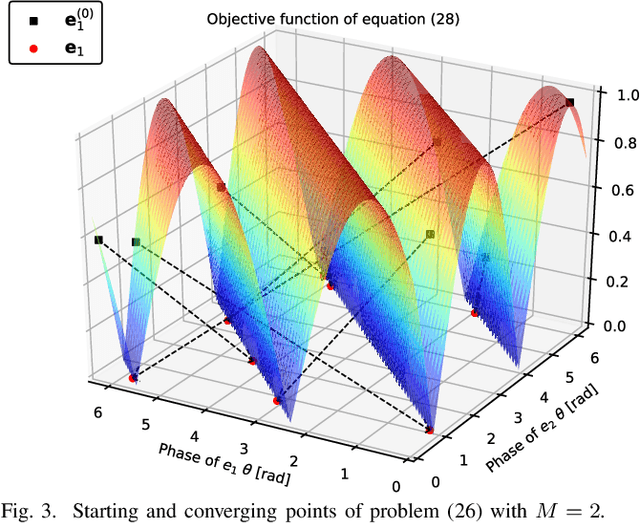
Abstract:We propose a novel physical layer security scheme that exploits an optimization method as a one-way function. The proposed scheme builds on nonsquare differential multiple-input multiple-output (MIMO), which is capable of noncoherent detection even in massive MIMO scenarios and thus resilient against risky pilot insertion and pilot contamination attacks. In contrast to conventional nonsquare differential MIMO schemes, which require space-time projection matrices designed via highly complex, discrete, and combinatorial optimization, the proposed scheme utilizes projection matrices constructed via low-complexity continuous optimization designed to maximize the coding gain of the system. Furthermore, using a secret key generated from the true randomness nature of the wireless channel as an initial value, the proposed continuous optimization-based projection matrix construction method becomes a one way-function (in a cryptographic sense), making the proposed scheme a physical layer secure differential MIMO system. An attack algorithm to challenge the proposed scheme is also devised, which demonstrate that the security level achieved improves as the number of transmit antennas increases, even in an environment where the eavesdropper can perfectly estimate channel coefficients and experiences asymptotically large signal-to-noise ratios.
 Add to Chrome
Add to Chrome Add to Firefox
Add to Firefox Add to Edge
Add to Edge